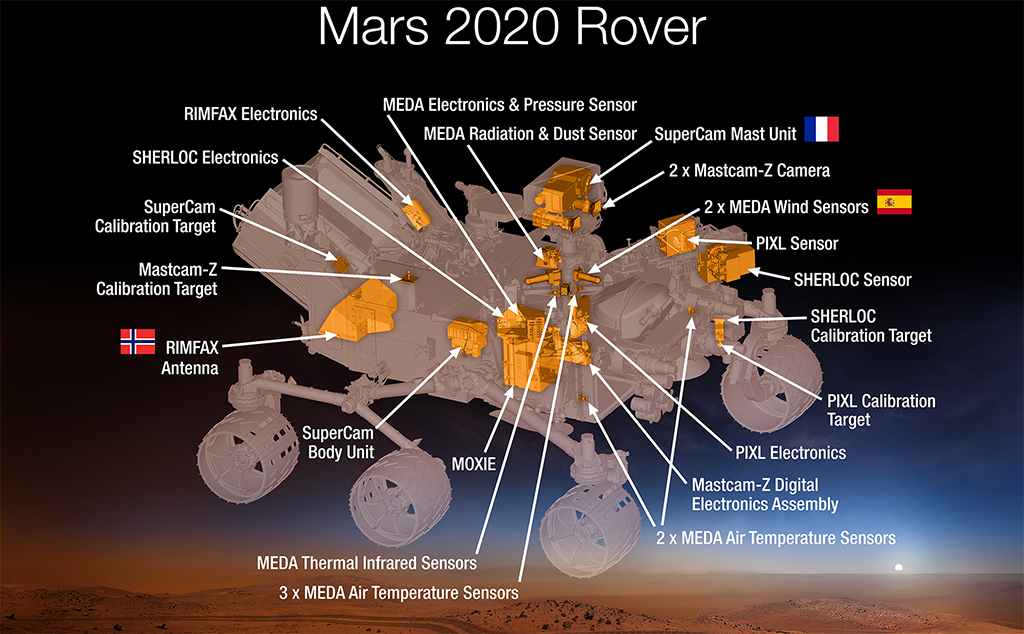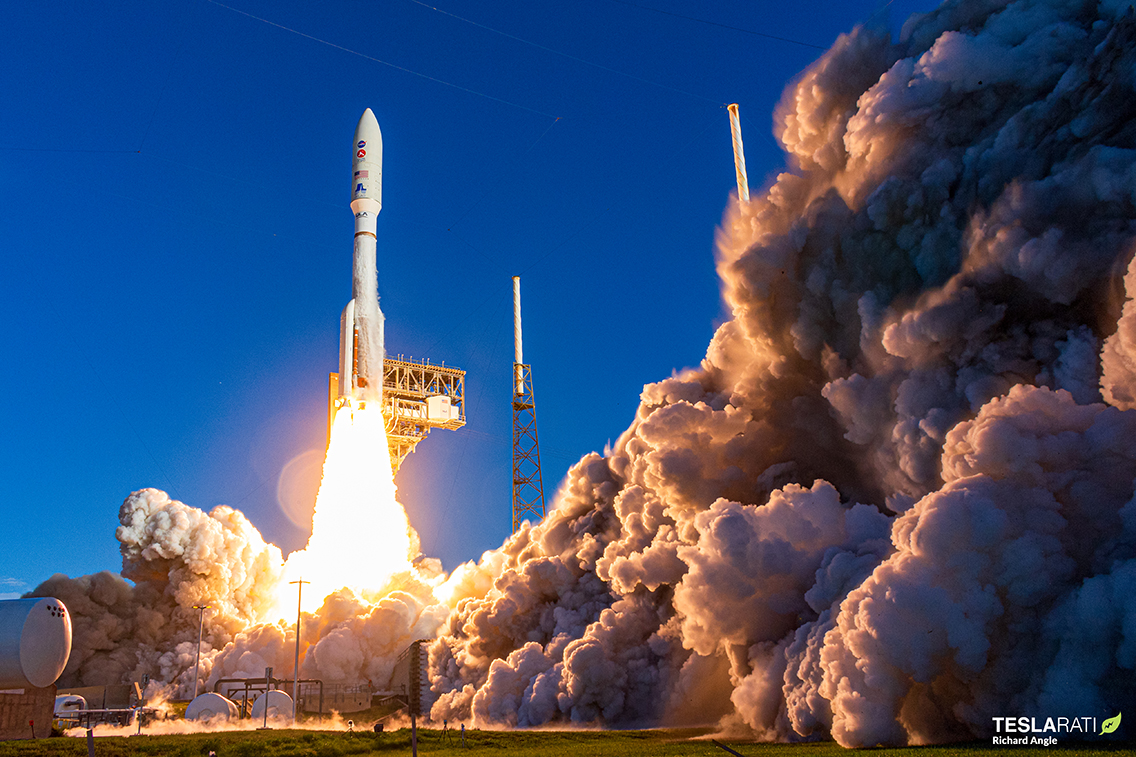
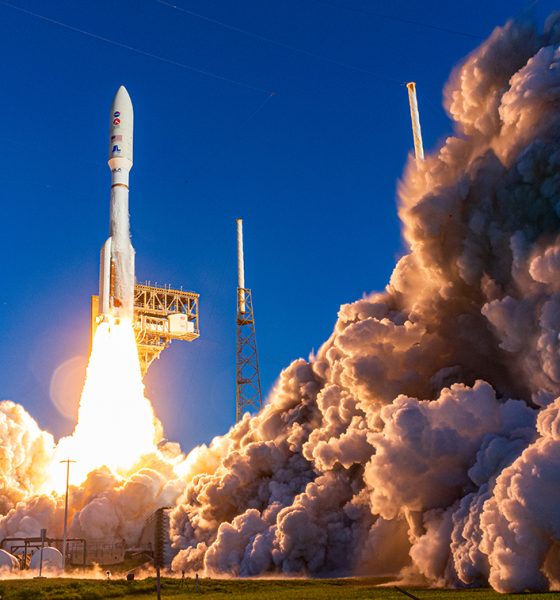
Space
NASA’s Mars Rover blasts off on ULA rocket for mission to the red planet
The summer of worldwide Mars missions saved the best for last with the successful launch of NASA’s most advanced rover ever. Following on the heels of the successful launches of China’s Tianwen-1 Mars spacecraft and the United Arab Emirates Hope Mars mission, NASA joined the 309 million miles (497 million kilometers) interplanetary journey to the Red Planet with the successful launch of the Mars 2020 Perseverance mission. Safely secured to the top of a mighty United Lunch Alliance Atlas V 541 rocket and Centaur upper stage, NASA’s car-sized Perseverance rover – and accompanying Ingenuity helicopter – left Earth on Thursday morning (July 30) in spectacular fashion. Getting off this planet, however, is only the beginning.
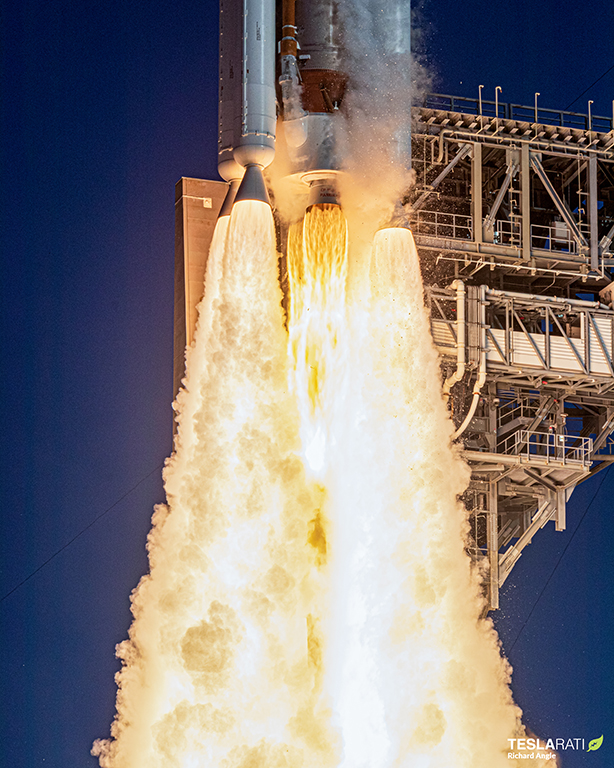
Why go to Mars again?
The Mars 2020 Perseverance mission is perhaps NASA’s most ambitious Mars mission. Formally announced in 2012, the then-unnamed Mars 2020 rover would be tasked with studying the Red Plane in a way that had never been attempted before. It would be collecting samples for eventual return to Earth in search of finding evidence of ancient microbial life.
NASA’s 2012 Curiosity mission uncovered the fact that Mars was rich in material that could have potentially supported microbial life once upon a time. Now, eight years later, the Perseverance mission will hunt for and collect the evidence to back up that claim.
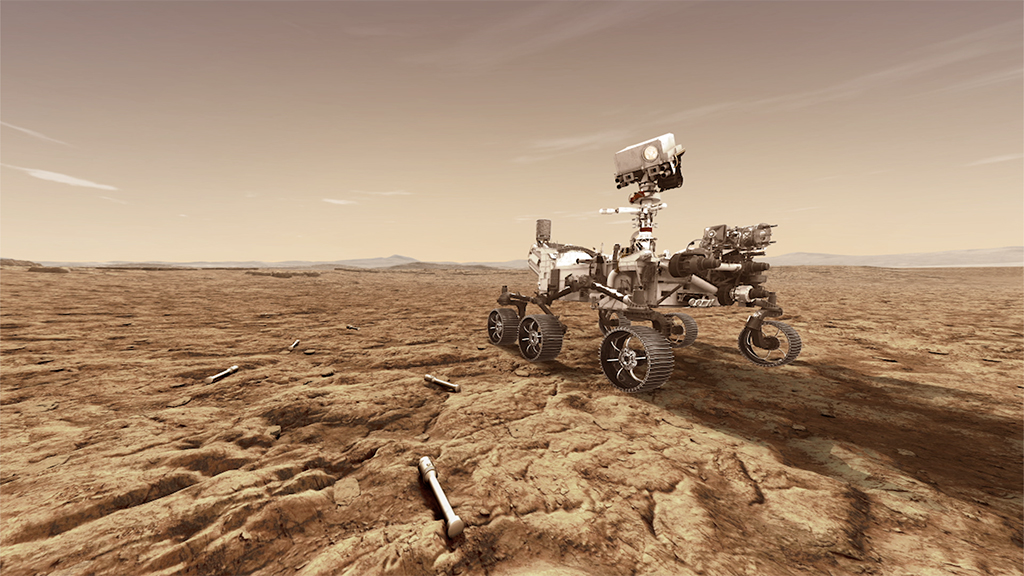
A rover tasked with such an important astrobiological mission required NASA to develop the most technologically advanced range of scientific instruments that had ever been sent to Mars. As described by NASA, Perseverance is outfitted with seven different “state-of-the-art tools for acquiring information about Martian geology, atmosphere, environmental conditions, and potential signs of life (biosignatures).” Perseverance will be the first rover to collect and cache samples of the Martian surface to later be collected and eventually returned to Earth by future joint NASA and European Space Agency missions.
It is also the first rover to travel to Mars with a vast array of high-definition cameras with advanced imaging capability. Perseverance will also carry high-definition microphones with it, allowing, for the first time, the sounds of Mars to be captured. This will include the ability to hear entry, descent, and landing from the point of view of the rover, as well as the sound of what it’s like to drive over the Martian terrain.
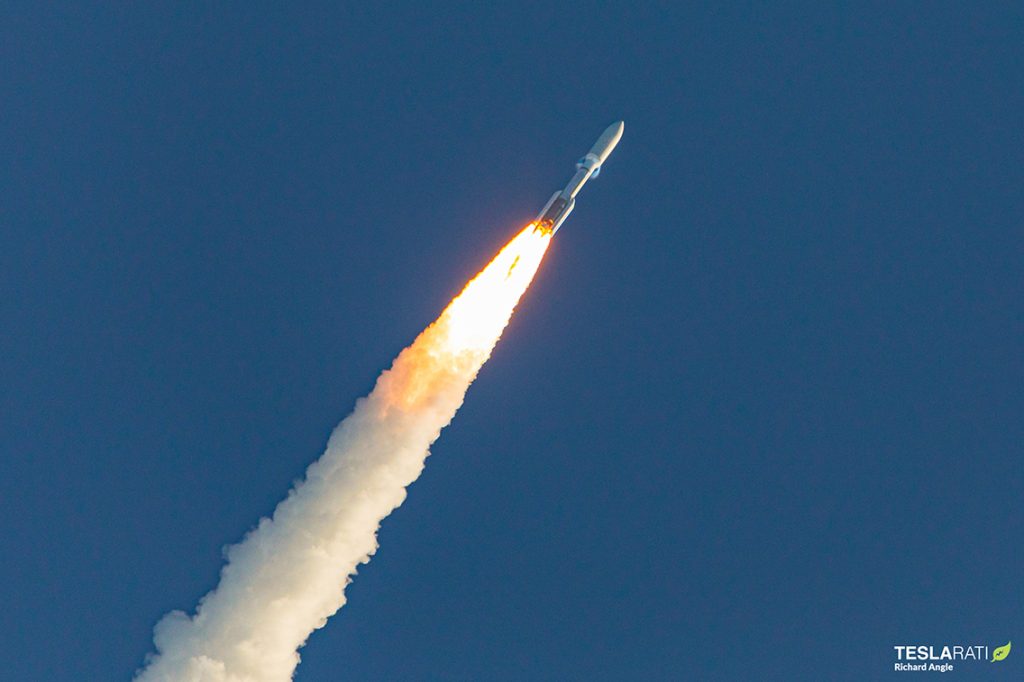
Perseverance also carries with it two demonstration missions. Onboard is MOXIE, or the Mars Oxygen ISRU Experiment, designed to test technology that can convert carbon dioxide in the Martian atmosphere into oxygen – an important precursor experiment to one day sending humans to Mars. Also aboard is Ingenuity, the first-ever rotorcraft – or helicopter – designed to fly on another planet. Ingenuity will test the effectiveness of rotorcrafts on other planets with different atmospheric and gravitational makeup than Earth to perhaps one day serve as planetary observational crafts or delivery systems.
Leaving Earth was the easy part, sort of
A major challenge that faced the Mars 2020 mission was completing final integrations during the global Coronavirus pandemic, which required most NASA and JPL personnel to work from home. NASA LSP senior launch director, Omar Baez, stated that “I never would have thought that a launch director would be working from home and I’ve done that for the last five months.” He went on further to state that “It’s humbling to see how our whole team from the range, to our partners at JPL, to our partners at ULA, to our folks at headquarters – how we all had to adjust to work in this environment, to work electronically.” Although challenging, the Mars 2020 mission persevered to overcome the obstacles and meet the targeted launch date.
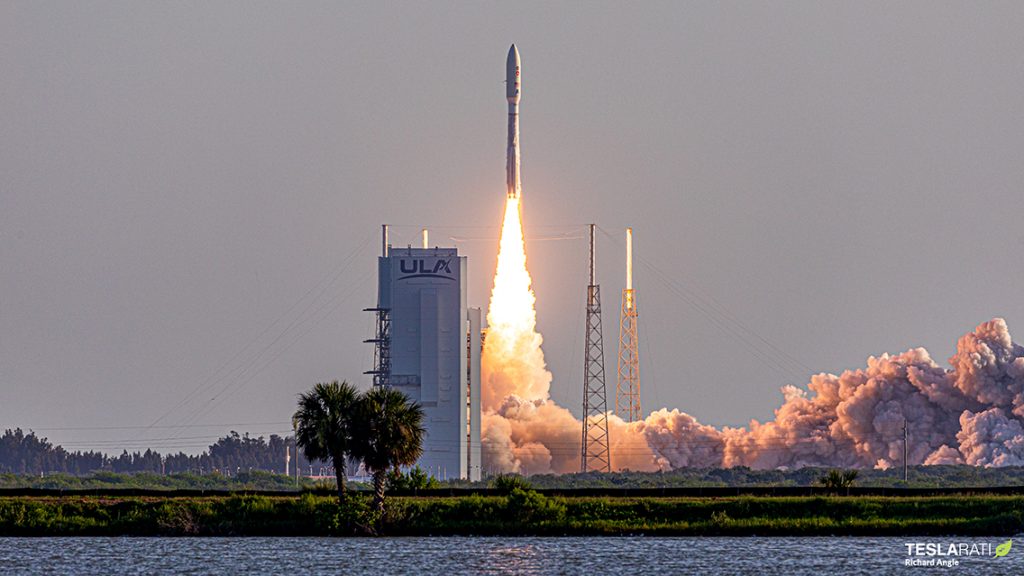
The Mars 2020 mission initially targeted a July 18th liftoff at the very opening of the available one-month interplanetary launch window. The mission did suffer a few minor setbacks during the integration phase when ULA had to take a few days to address an issue with a crane at the Vertical Integration Facility pushing the launch date to July 22nd. Then, as explained in a statement provided by NASA the launch date suffered another delay, this time eight days to July 30, “due to launch vehicle processing delays in preparation for spacecraft mate operations.”
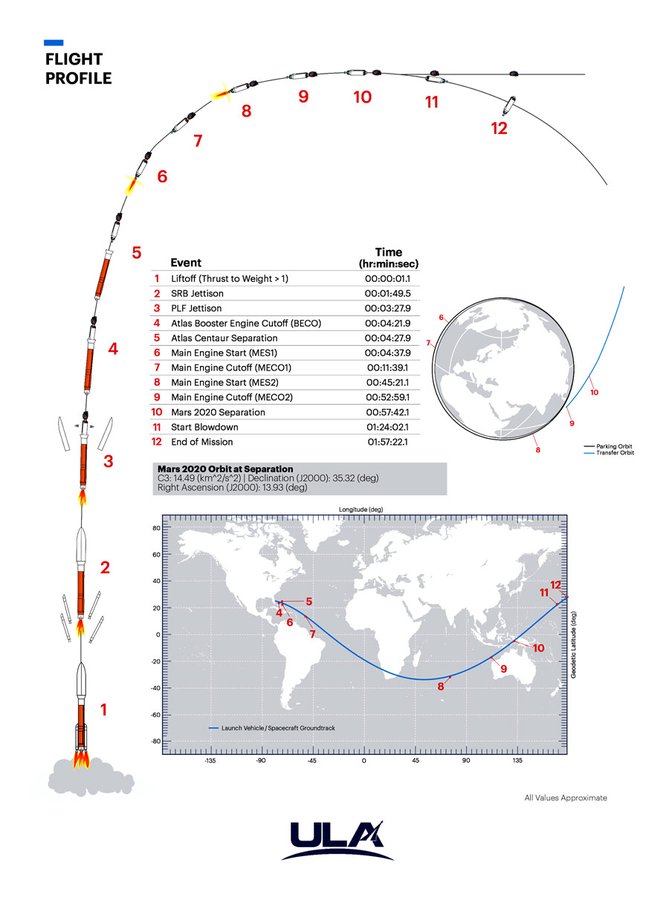
The ULA Atlas V in its 541 configuration consisting of a common core booster and four solid rocket motors fully stacked with the precious payload stood 197 feet (60 meters) tall. The Atlas V 541 provided 2 million lbs of thrust rocketing the spacecraft east away from Florida over the Atlantic Ocean. After approximately ninety seconds of flight, the solid rocket motors burned out, separating away from the booster followed quickly by stage separation. The Centaur upper-stage was the workhorse of the mission left to deliver the Mars 2020 payload to its Earth parking orbit.
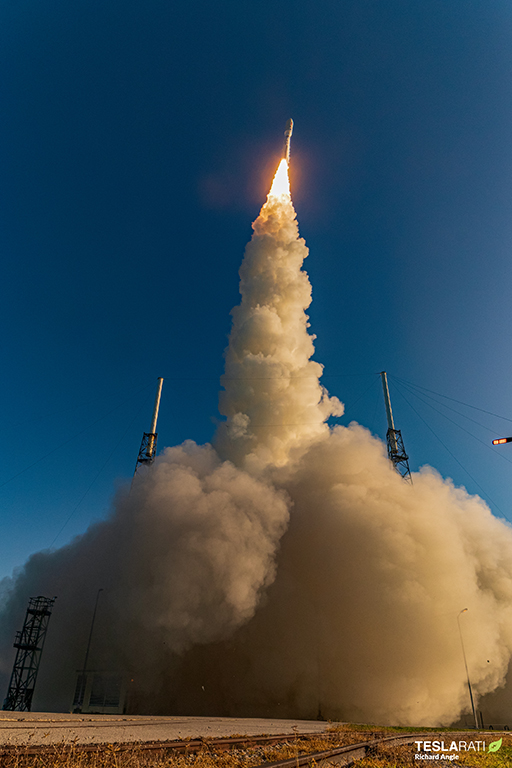
After a coast phase lasting about 30 minutes, the upper-stage Centaur performed another eight-minute long nominal burn delivering the payload to a heliocentric – or solar bound, rather than Earthlocked – orbit for the Trans Mars Injection maneuver lining it up to intercept with Mars in February 2021. Upon spacecraft separation and successfully propelling the Perseverance mission onward to Mars, the Centaur upper-stage performed what is called a blowdown maneuver for planetary protection, ensuring that it would miss Mars. Twenty minutes later, the Perseverance spacecraft initiated its transmitter to communicate with Earth, and a good acquisition of signal was received by NASA’s international array of giant radio antennas, the Deep Space Network.
The Perseverance rover and Ingenuity helicopter are expected to continue on the journey to the Red Planet and attempt entry, descent, and landing on February 18, 2020.

Cybertruck
Tesla Cybertruck fleet takes over at SpaceX’s Starbase
Interestingly, the Cybertruck uses the same exterior, a stainless steel alloy, as SpaceX rockets. This synergy between the two companies and their very different products shows a very unified mentality between Musk companies.
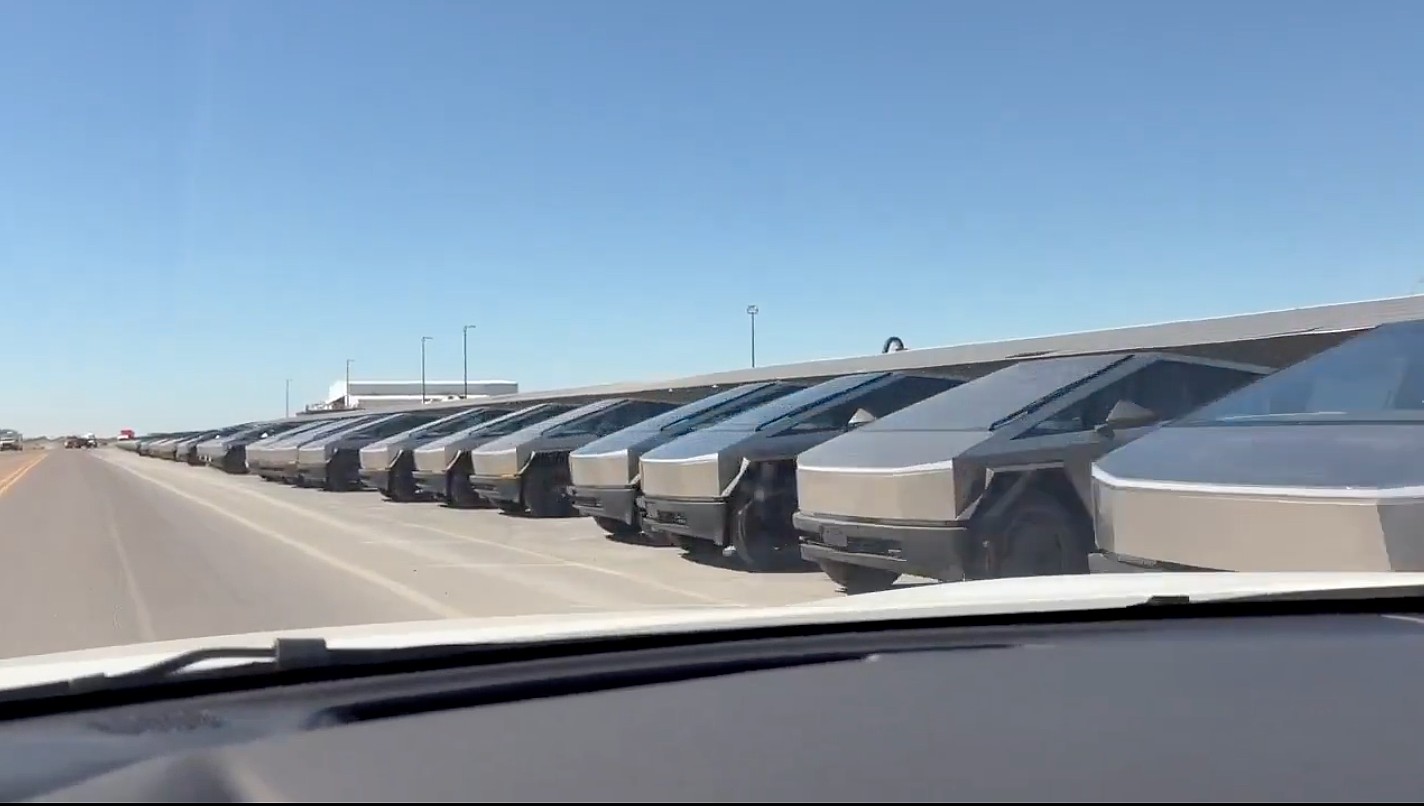
Tesla Cybertrucks have taken over at SpaceX’s Starbase facility in Texas, as hundreds of the all-electric pickup trucks were spotted late last week rounding out a massive fleet of vehicles.
The Cybertruck fleet is geared toward replacing gas vehicles that are used at Starbase for everyday operations. The only surprise about this is that it was not done sooner:
Was just visiting. pic.twitter.com/5Q9wPPaeuH
— Derek Li (@derek1ee) October 31, 2025
Deliveries have been going on for a few weeks, as Cybertrucks have made their way across the state of Texas from Austin to Starbase so they could be included in SpaceX’s fleet of vehicles at the facility.
Interestingly, the Cybertruck uses the same exterior, a stainless steel alloy, as SpaceX rockets. This synergy between the two companies and their very different products shows a very unified mentality between Musk companies.
However, there are some other perspectives to consider as SpaceX is utilizing such a massive fleet of Cybertrucks. Some media outlets (unsurprisingly) are seeing this as a move of weakness by both Tesla and SpaceX, as the aerospace company is, in a sense, “bailing out” lagging sales for the all-electric pickup.
It’s no secret that Tesla has struggled with the Cybertruck this year, and deliveries have been underwhelming in the sense that the company was anticipating between 1 million and 2 million orders for the vehicle before it was widely produced.
A lot of things changed with the Cybertruck between its 2019 unveiling and 2023 initial deliveries, most notably, price.
The price of the Cybertruck swelled significantly and priced out many of those who had pre-ordered it. Some have weighed the option of whether this purchase was a way to get rid of sitting inventory.
However, it seems more logical to consider the fact that SpaceX was likely always going to transition to Teslas for its fleet, especially at Starship, at some point.
It doesn’t seem out of the question that one Musk company would utilize another Musk company’s products, especially considering the Cybertruck has been teased as the vehicle that would be present on Mars.
News
SpaceX opens up free Starlink service for those impacted by Hurricane Melissa
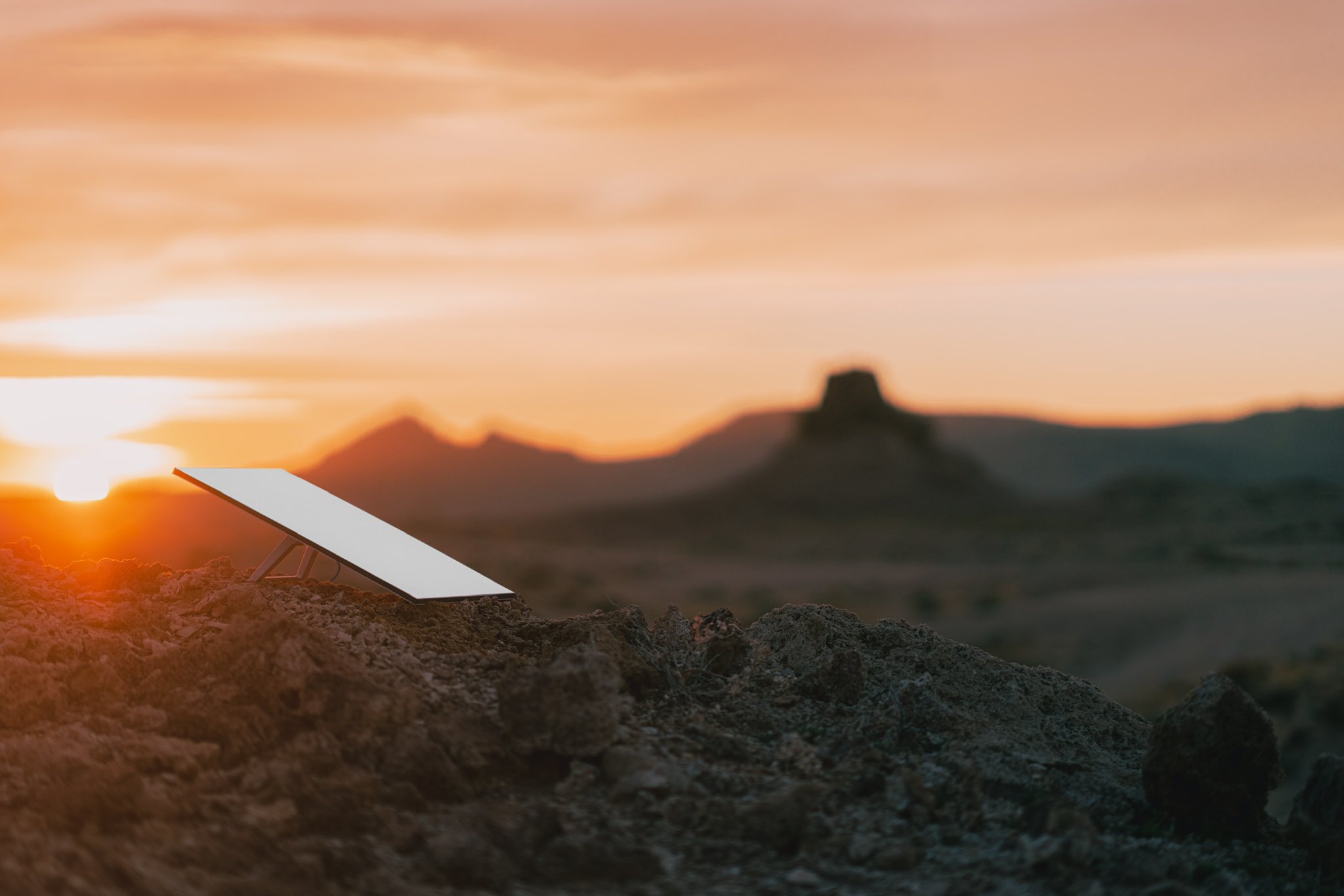
SpaceX is opening up its internet service, Starlink, to those impacted by Hurricane Melissa, as it made landfall in Jamaica and the Bahamas as a Category 5 storm.
Hurricane Melissa is expected to reach wind speeds of over 165 MPH over the next few days as it extends out into the Atlantic Ocean by Thursday and Friday.
Satellite imagery shows Hurricane #Melissa‘s growth from its formation on October 21 to a Category 5 hurricane through October 27, 2025. #HurricaneMelissa pic.twitter.com/goR3Hbgb9c
— The Weather Network (@weathernetwork) October 27, 2025
Citizens in Jamaica and the Bahamas have been preparing for the storm for the past week, getting necessary goods together and preparing for the massive storm to arrive. It finally did yesterday, and the first images and video of the storm are showing that it could destroy many parts of both countries.
Starlink is now being opened up for free until the end of November for those impacted by the storm in Jamaica and the Bahamas, SpaceX announced today:
For those impacted by Hurricane Melissa in Jamaica and the Bahamas, Starlink service is now free through the end of November to help with response and recovery efforts → https://t.co/fUko3xSviJ
— Starlink (@Starlink) October 28, 2025
It is a move similar to the one the company made last year as Hurricane Helene made its way through the United States, destroying homes and property across the East Coast. SpaceX offered free service for those impacted by the destruction caused by the storm.
The free Starlink service was available until the end of 2024.
Elon Musk’s companies have also made similar moves to help out those who are impacted by natural disasters. Tesla has offered Free Supercharging in the past, most notably during the California wildfires.
Tesla and SpaceX’s LA fire relief efforts: Cybertrucks, free Starlink and more
One major advantage of Starlink is that it is available for use in situations like this one, where power might be required to operate things like a modem and router.
Internet access is a crucial part of survival in these situations, especially as it can be the last leg some stand on to get in touch with emergency services or loved ones.
News
SpaceX reaches incredible Starlink milestone
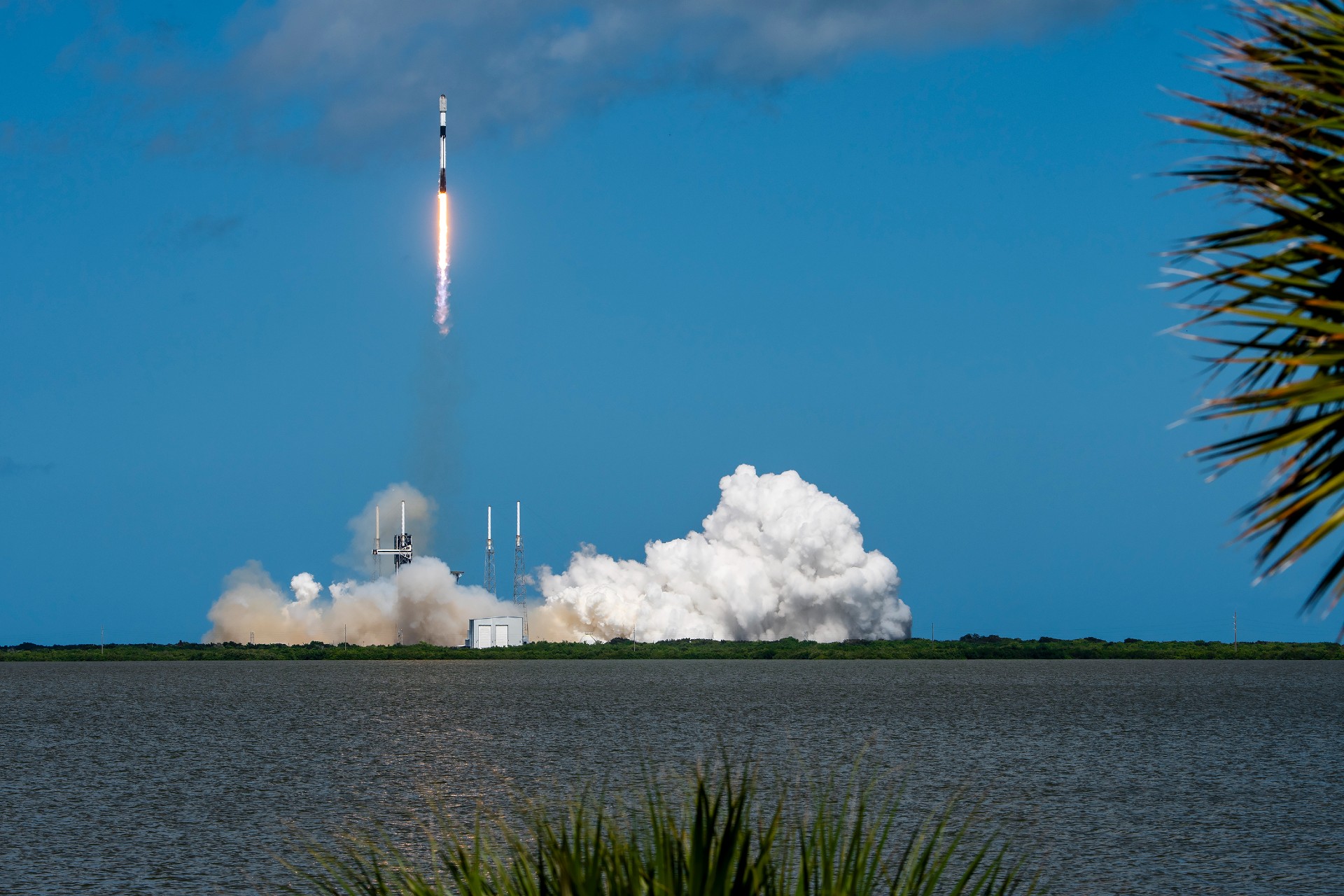
SpaceX has reached an incredible milestone with its Starlink program, officially surpassing 10,000 satellites launched into low Earth orbit since starting the program back in 2019.
Last Sunday, October 19, SpaceX launched its 131st and 132nd Falcon 9 missions of 2025, one from Cape Canaveral, Florida, and the other from Vandenberg, California.
The 10,000th Starlink satellite was aboard the launch from California, which was Starlink 11-19, and held 28 v2 mini optimized satellites.
The achievement was marked by a satellite tracker developed by Jonathan McDowell.
🚨 With its Falcon 9 launch last Sunday, SpaceX officially has 10,000 Starlink satellites in orbit pic.twitter.com/xS5RVZ4ix0
— TESLARATI (@Teslarati) October 26, 2025
The first Starlink launch was all the way back on May 23, 2019, as SpaceX launched its first 60 satellites from Cape Canaveral using a Falcon 9 rocket.
Of the over 10,000 satellites in orbit, the tracker says 8,608 are operational, as some are intentionally de-orbited after becoming faulty and destroyed in the atmosphere.
SpaceX has truly done some really incredible things during its development of the Starlink program, including launch coverage in a global setting, bringing along millions of active subscribers that use the service for personal and business use, locking up commercial partnerships, and more.
Starlink currently operates in around 150 countries, territories, and markets and is available at least somewhere on all seven continents.
Additionally, Starlink has over 5 million subscribers worldwide, and 2.7 million have joined the program over the past year. It has revolutionized internet access on commercial aircraft as well, as several high-profile airlines like Qatar and United, among many others, have already installed Starlink on some of their planes to deliver more stable connectivity for passengers and crew.
SpaceX has the approval to launch 12,000 Starlink satellites from the FAA, but it plans to bring over 30,000 to its constellation, giving anyone the ability to have access to high-speed internet.
